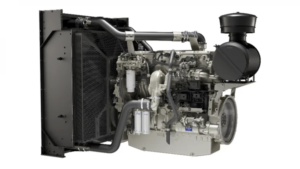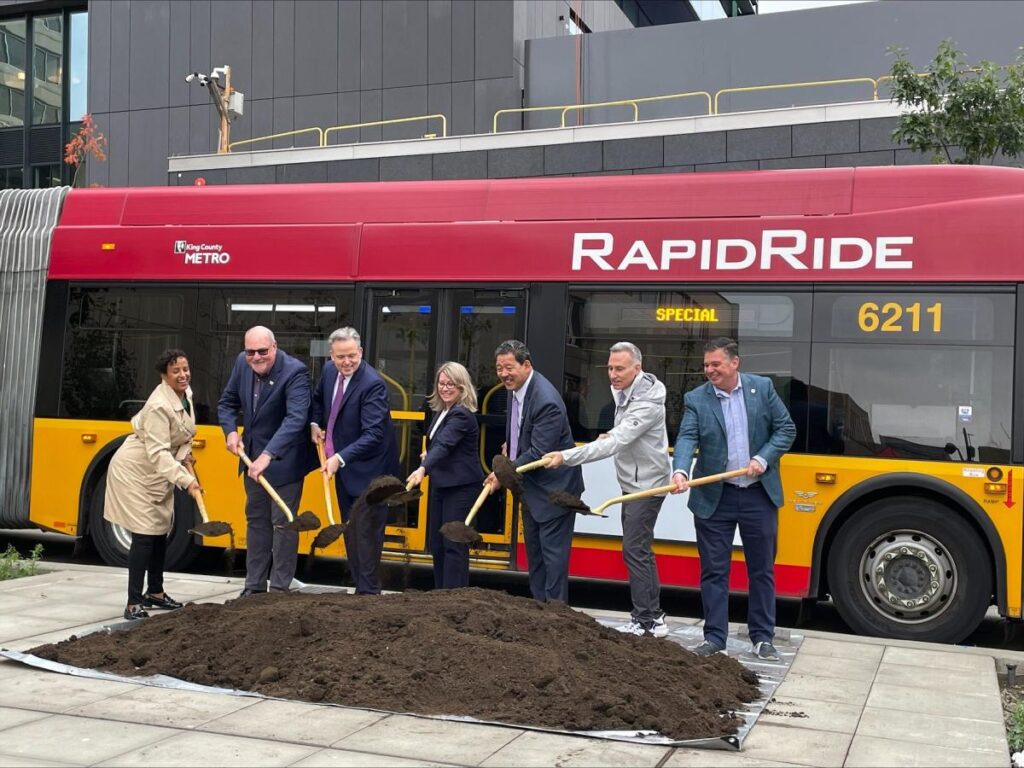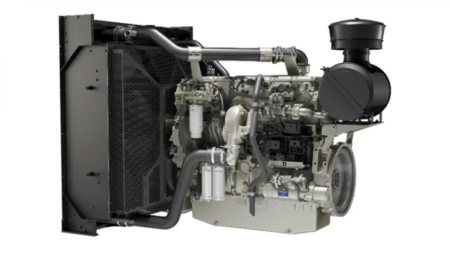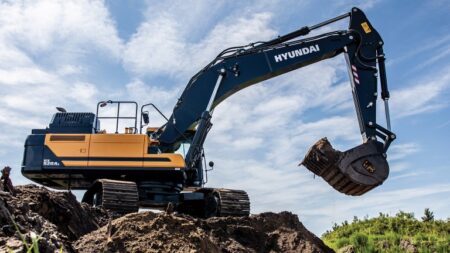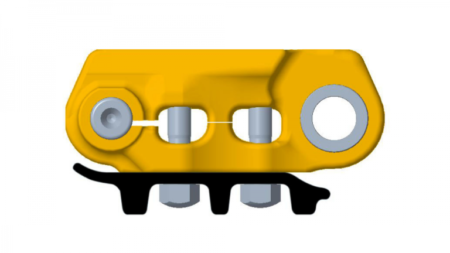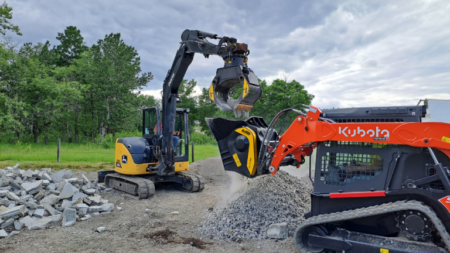Photo courtesy of the Seattle Department of Transportation
Seattle Mayor Bruce Harrell and other local leaders celebrate the start of construction of the RapidRide J Line project in Seattle on Oct. 8, 2024.
Seattle Mayor Bruce Harrell, King County Executive Dow Constantine and local leaders broke ground on Oct. 8 to signify the start of the $129 million. RapidRide J Line Project in Seattle, according to the Seattle Department of Transportation blog.
“The project will create vital community connections, making it easier for Seattle residents, workers and students to reach their destinations,” according to the blog.
Jansen Inc. of Bellingham, Wash., will be the project contractor.

Photo courtesy of the Seattle Department of Transportation
“Seattle is building a transportation system that makes it easier and safer for people to get where they need to go, regardless of how they travel,” Harrell said. “Transit riders can look forward to a major upgrade with the RapidRide J Line, and this project will also include improvements to everyone who uses our streets and sidewalks. The J Line will strengthen vital neighborhood connections and help people access the opportunity to learn, to work and to experience all that Seattle has to offer.”
The Seattle Department of Transportation (SDOT) and King County Metro are collaborating to upgrade Metro’s existing Route 70, a crucial bus line.
The improved service will connect growing Seattle neighborhoods like the University District, Eastlake, South Lake Union and Belltown with more frequent, reliable transportation.
“The RapidRide J Line will strengthen vital neighborhood connections between existing Link light rail stations in the U District and Downtown Seattle and other RapidRide bus lines, fostering seamless transit options and a smoother, more predictable travel experience,” according to the blog.
Rapid Ride Service is planned to begin in 2027.
The total project budget is $128.5 million. It includes $64.2 million from the Federal Transit Administration’s Small Starts Grant, $9.6 million from the Federal Highway Administration, $6 million from the Washington State Department of Transportation, $6 million from the University of Washington and $43 million from the city of Seattle, largely from the voter-approved Levy to Move Seattle.
In addition, Seattle Public Utilities plans to invest $28 million. That will be used to build a new water main during construction, reducing the need for future closures.
And aside from operating daily bus service, King County Metro will contribute more than $10 million toward bus station amenities and staff resources.
Additional improvements to pedestrian and bicycle safety will include new protected bike lanes with concrete barriers, expanded sidewalks, painted crosswalks, new curb ramps and upgraded signals. A goal is to enhance accessibility while promoting more environmentally friendly travel. That supports the city’s goal to address climate change.
The project will include:
- 15,130 ft. of repaired sidewalks.
- 2 mi. of repaved streets.
- 3.7 mi. of protected bike lanes.
- 2 mi. of dedicated bus priority lanes.
- 177 improved crosswalks.
- 131 upgraded curb ramps.
- 33 intersections equipped with new traffic signals.
- 190 newly planted trees.
- 8,900 ft. of replaced water main.
The project is one major transit investment component funded by the Levy to Move Seattle, which aims to create a more connected city since its passage by voters in 2015.
The initiative includes projects such as the RapidRide G Line –– Madison Street project, the recipient of nearly $60 million in federal funding, and the RapidRide H Line –– Delridge Way SW, as well as various Transit-Plus Multimodal Corridor projects throughout Seattle.
The RapidRide J Line will traverse the recently rebuilt Fairview Ave N Bridge, another project completed as part of the Levy to Move Seattle in 2021.
Read the full article here


